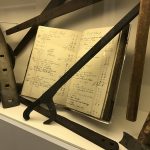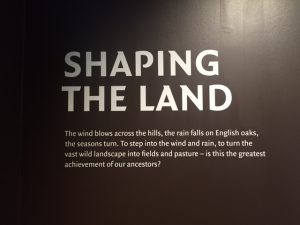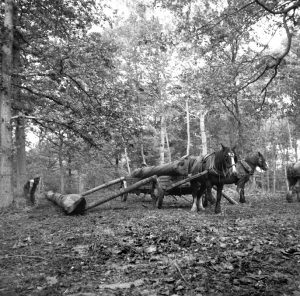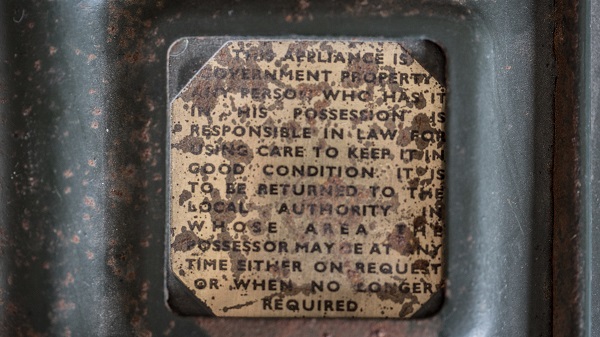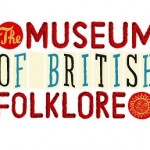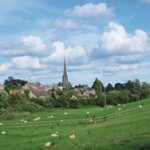Written by Caroline Gould, Deputy University Archivist
The new galleries were opened on 19 October 2016, after a £3million redevelopment programme with £1.8 million from the Heritage Lottery Fund (HLF). Prior to the redevelopment, the galleries contained a large number of objects with little interpretation. We were keen to include archives, archival film and photographs through the new displays aiming to revitalise the way visitors engage with the Museum’s extraordinary collections.
In February 2014, we started researching the archives and photographs to identify items for possible inclusion in the galleries. Our strategy on how to include archives in the galleries developed over time. However, we found five main ways to feature archives.
We have included photographs in the galleries to aid interpretation of the objects and themes. In Gallery 2, ‘A Year on the Farm’, the largest photograph measures 2280m x 2500m, it shows sheep dipping in progress (John Tarlton Collection). Our sheep dip object is placed in front of the photograph.
We have used archives in cases on a limited basis. The cases are likely to remain quite fixed. This is a challenge if we wish to permanently preserve the archives. The cases are not environmentally controlled and prolonged opening of volumes for display will, in time, damage the item. We therefore will need to
monitor the archives selected carefully. However, having said all this the items we have selected look great. I am particularly pleased with the blacksmith account book of Wiltshire 1934-1939 in the wagon walk.
In three galleries we have created 18 drawers under cases which feature archives and books. The items will change every 4-6 months. This provides an opportunity to display more of the collections which have previously only been consulted in the Reading Room. Visitors will be able to browse these collections and hopefully see new items when they next visit. Currently in Gallery 3, ‘Town and Country’, we have a drawer in the ‘Grow your Own’ section. This displays a minute book and report from ‘The Women’s Farm and Garden Association’ which details the setting up
the Women’s National Land Service Corps, which later became the Women’s Land Army, dated 23 May 1916.
There are some wonderful gaming interactives in the new galleries; lambing time appears to be the favourite at the moment. Two interactives feature over 790 photographs from The MERL collections. ‘Then and Now’ is located in Gallery 3 it allows visitors to explore our photographs for the local area. We have included current photographs for Caversham, Wokingham and Hambledon. Gallery 4 features the ‘Voices and Views’ interactive, for each county we have included 10 photographs and some sound clips. Another interactive in Gallery 3, features the evacuee archive; it allows visitors to explore the stories of eleven individuals: nine evacuees, one teacher and one host son. Included in the display are contemporary photographs, letters and diaries.
The MERL holds over 1500 archival films, including films of the Ministry of Agriculture Film Library, National Dairy Council and Ransomes, Sims and Jefferies promotional films. In Gallery 6 ‘Forces for Change’ we have a screen to show ten archival films, edited to seven minutes each. The current selection includes two compilations from Screen Archive South East and the Wessex Film and Sound Archive. The Britain on Film Rural Life programme has funded four events in West Sussex, Hampshire, Kent and Berkshire. The project is funded by The British Film institute. The compilation films at The MERL will be screened until the end of the year.
We created six photo albums featuring twenty photographs or documents. Gallery 2 ‘A year on the Far
m’ shows farming through the seasons, while three photo albums in Gallery 3 ‘Town and Country’ complement the featured objects: the horse, the steam engine and the Land Rover. Additionally in Gallery 5 ‘Making Rural England’, two photo albums feature crafts and the home.
We have worked on selection of these items for over two years. It is now wonderful to visit the galleries and see visitors enjoying the displays. A special thanks to Caroline Benson, Photographic Assistant without whom the above would have been impossible.



